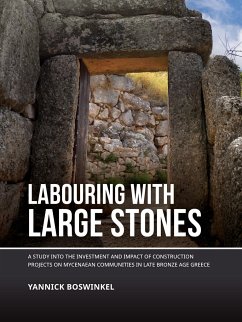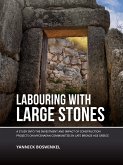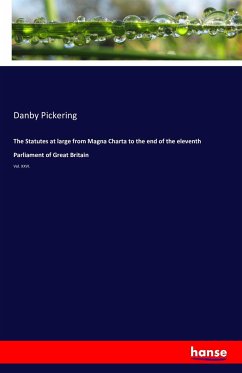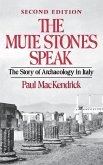This book explores the cost, expressed in labour, of constructing fortifications during the Late Bronze Age in Greece (ca. 1600 - 1050 BCE). The underlying question for this study is whether the cost of large scale constructions, built with large, unwieldy blocks, may have overstretched the (economic) capabilities of communities, leading to their collapse.In order to determine the labour costs, the building process is deconstructed and for each sub-process, the costs are determined. The costs for these sub-processes are based on the amount of material that is required and the speed with which the tasks associated with these processes can be performed. However, a simplistic number expressing the labour (in person-hours, for example), gives limited insight into the impact such building projects may have had on the communities. Hence, elaborate comparisons are made to put these labour costs into context. This involves, for instance, comparisons between different fortifications, different building styles, as well as between types of structures. It is in these comparisons where the true strength of labour cost studies lie.This study on its own cannot definitively answer the question whether these construction projects led to the downfall of the Mycenaean communities. However, based purely on the results of the labour cost analyses, it is shown that, despite the impressive nature of the walls, both due to their size as well as due to the size of the stones used, communities seem to have been able to cope with the stress it may have put on their economies. This study, therefore, provides insights into building processes, the impact of material and building styles on construction costs as well as the large varieties that exist within a context collectively known as 'Mycenaean'.ContentsEnglish SummaryNederlandse samenvattingAcknowledgmentsList of figuresList of tablesGlossary1 Introduction2 Late Bronze Age Greece3 The fortifications of Mycenaean Greece4 The case studies5 Methodology6 The data: measurements of blocks, fortifications and houses7 Labour costs of fortifications and domestic structures8 Interpreting the results of a labour cost study9 ConclusionsBibliographyCurriculum VitaeAppendicesAppendix 1 Overview of the calculated volumes of material for domestic structuresAppendix 2 Overview of the calculations of the volume of the blocks according to the scenarios usedAppendix 3 Overview of the quarrying calculationsAppendix 4 Overview of the transport calculationsAppendix 5 Overview of the assembly calculationsAppendix 6 Overview of the calculations of the total costs








